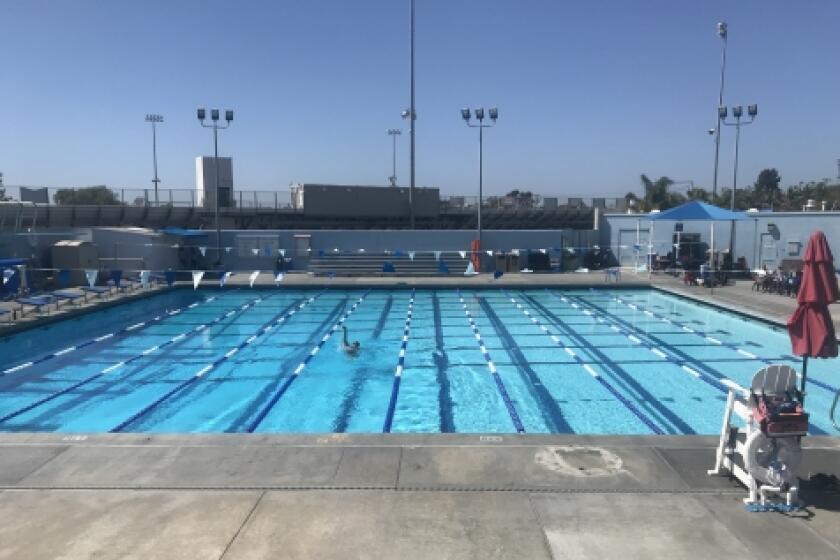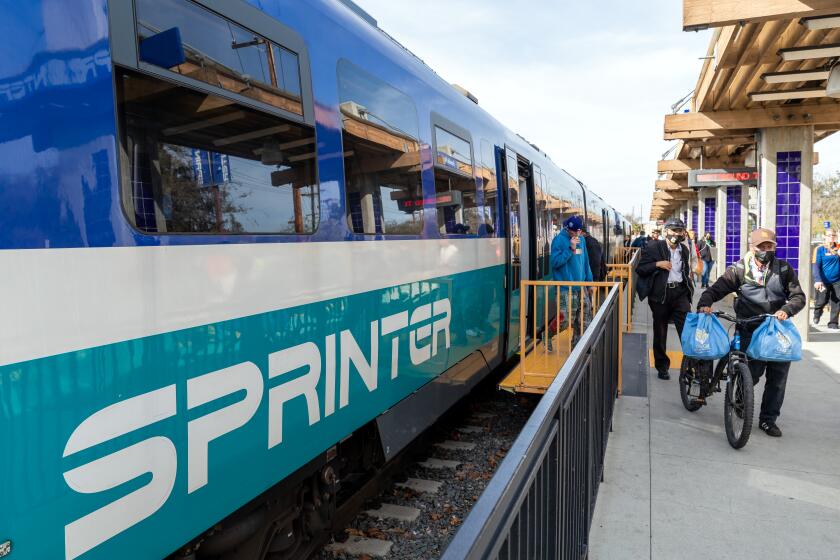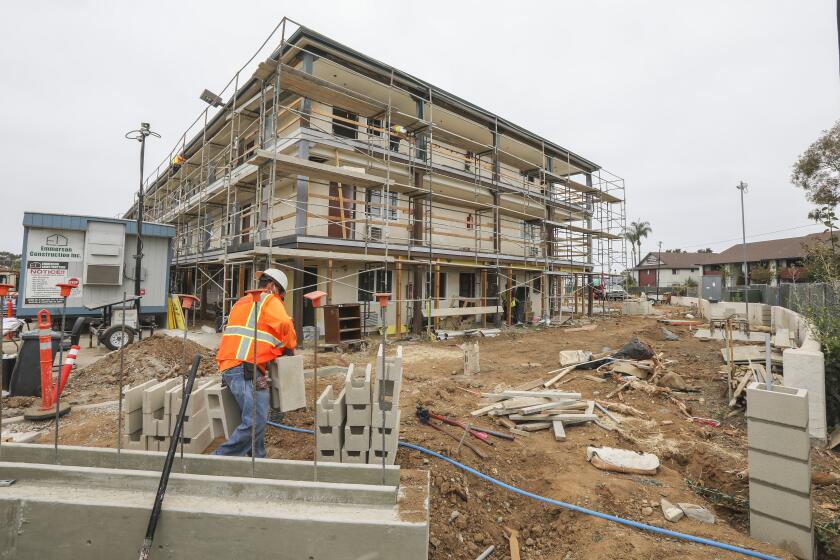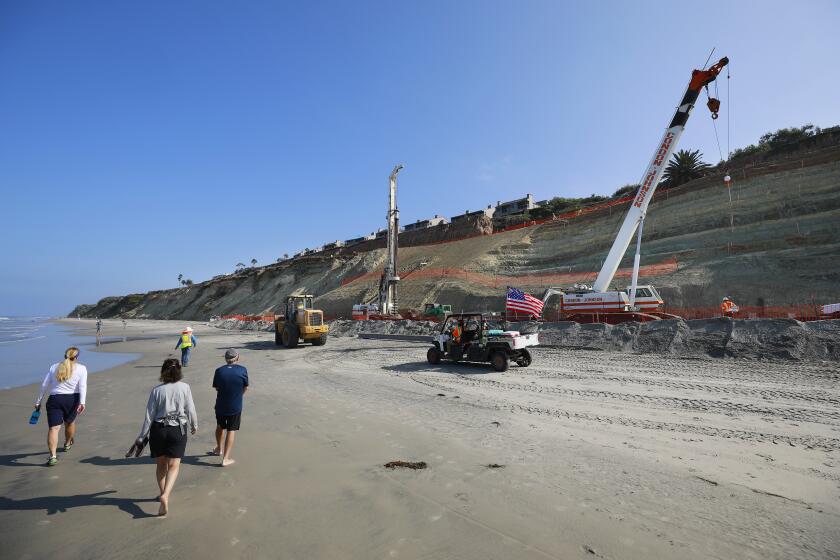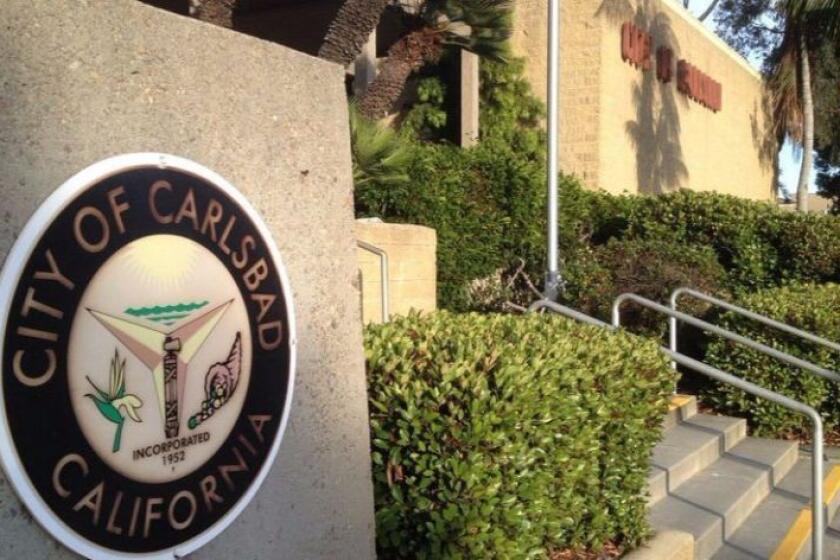Pedestrian promenade, expanded outdoor dining, more parking. A vision for Carlsbad’s village takes shape

City further refines blueprint for downtown and barrio neighborhoods
A pedestrian promenade, a downtown historic district, more parking, and expanded outdoor dining and shopping opportunities were among policies and projects approved last week for Carlsbad’s downtown Village and Barrio neighborhoods.
Based on recent suggestions from the public and city commissions, the City Council gave the go-ahead to a list of new amendments to the Village and Barrio Master Plan adopted in 2019. The city previously amended the plan in February, and it was certified by the California Coastal Commission in August.
High on the list is a feasibility study expected to cost between $150,000 and $200,000 to help determine whether to proceed with the proposed Grand Avenue Promenade. The promenade would limit vehicular traffic, perhaps to one-way only, on the three blocks of Grand between State and Jefferson streets, opening space for pedestrians and cyclists.
“We are pleased that finally this idea is before you,” said Robert Wilkinson of the group Imagine Carlsbad, a group that has pushed for the downtown promenade for at least 10 years. He called it “essentially a mobility plan” that will balance walking, bicycling and public transportation to create “an exciting pedestrian area where many events can take place.”
The council chose the feasibility study instead of proceeding with a promenade pilot project, which would take four to six months and cost $320,000 to $510,000.
“It sounds good to do a pilot project ... but it rarely works out well,” said Councilmember Peder Norby, whose council District 1 includes the Village and Barrio. “I would rather see a feasibility study first, then maybe we go to the pilot project. First spend less money, and let the study show if we have issues.”
He also supported the creation of a downtown historic district for the Village and Barrio, which would establish guidelines and standards to protect historic buildings. That effort ties into the city’s recent work to adopt the state’s Mills Act, which would use tax incentives to protect historic properties.
Another Norby suggestion was to increase the in-lieu parking fees that developers pay when they don’t include the city’s minimum number of spaces in their project.
“It has been a gift that we allow them to pay so little,” he said.
Builders would pay far more than they pay in fees to include parking in their project, Norby said. And the amount the city collects is not enough for the city to provide parking spaces elsewhere, especially if the only choice is to build expensive below-ground or above-ground structures.
Outdoor dining and shopping also got a thumbs-up from the council.
City staffers were asked look into whether the outdoor dining areas added or expanded as COVID-19 safety measures should be allowed to remain after the pandemic rules expire. Another suggestion was to expand the areas where farmers markets, arts fairs and similar events can be held, perhaps to include public parks and city schools.
Several ideas included in the staff report were not supported by the council.
One was a proposal to reduce maximum building heights from four stories to two or three stories in commercial areas. That was rejected because new state housing laws require higher densities near public transit, and because Carlsbad had a 45-foot height limit in much of the area before it approved the Village and Barrio Master Plan.
A proposed street tree program was dropped after city Parks and Recreation Director Kyle Lancaster said Carlsbad has been in the Tree City USA program for about 17 years. The city devotes at least 2 percent of its annual budget to the maintenance of its trees, adding to the inventory every year.
All the approved programs will be evaluated further to develop more detailed timelines and cost estimates, which will be brought back to the council for further consideration.
Get North County news in your inbox
Top stories from the San Diego North County every Monday, Wednesday, and Friday.
You may occasionally receive promotional content from the San Diego Union-Tribune.

